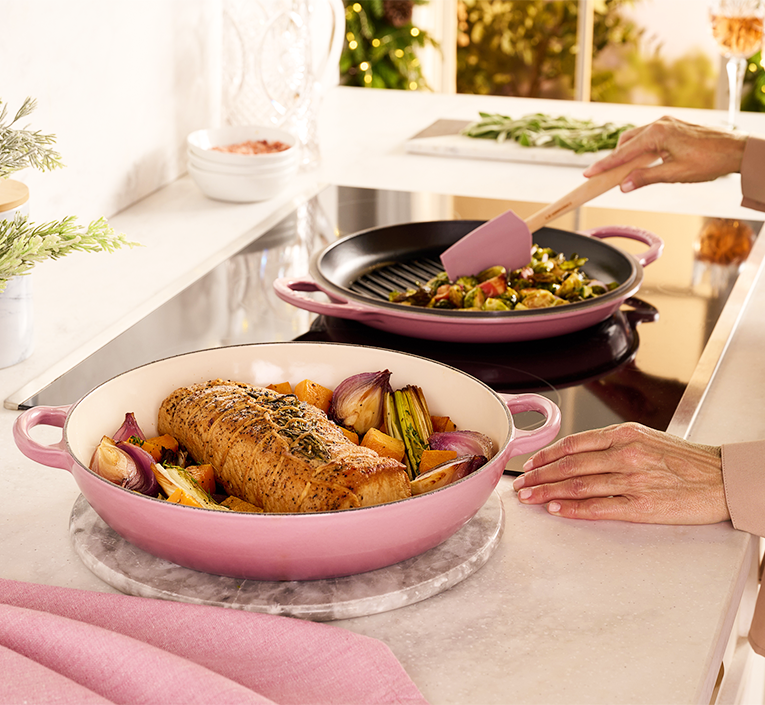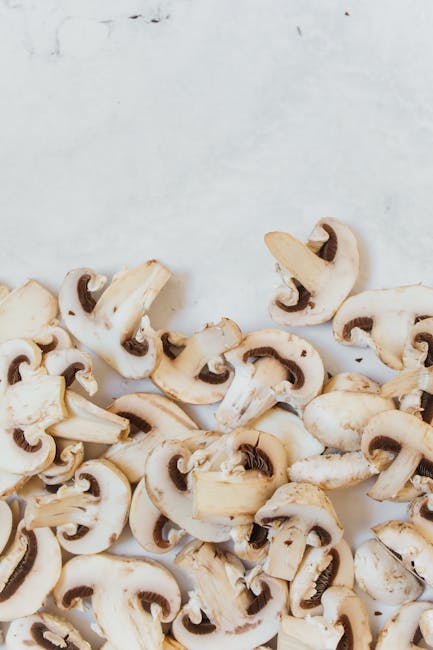It’s officially soup season. Not that there’s a real start date (ideally, I’d have it year-round) but as the weather chills and the leaves turn, cooking something aromatic and hearty—but really straightforward—becomes more and more appealing. Living out the Strega Nona dream, if you will. As we sink deeper into the pre-6 p.m. “sunlight blues,” one inevitable question begins to circulate in my group chats: What is the difference between soup and stew? If you ask comedian Taylor Tomlinson, “stew is just soup with something to say.” But is stew better? Is soup easier to make? Are they interchangeable?
Soup and stew come in many forms: hot, chilled, veggie-forward, herby, bread-bowled, creamy, sippable; the list is absolutely endless and exhaustive. With so much variety, there seems to be little overlap, but there are some points in which soup and stew do deviate from each other. When embarking on your next kitchen adventure, here are some key things to consider about the differences between soups and stews.
What is soup?
If we’re getting technical—and we are—soup is a food group that’s defined by being mainly liquid, with optional additions of meat, vegetables, and starches. This is a pretty broad definition, and it gets us into silly trouble around conversations like: “Is cereal soup?” (No. No, it’s absolutely not. Next question.)
Soup is created from the pot up. A flavorful base is made—either DIYing your own stock or broth using bones, vegetable scraps, and aromatics (like mirepoix), or by using a store-bought version (like Ina Garten says, store bought is *fine*). From there, any additions, like meat, grains, or vegetables, are added to simmer until tender and all the flavors have melded together. Some classic examples of soup include chicken noodle soup, matzo ball soup, tomato soup, and miso soup.
What is stew?
Stew is almost the exact opposite of soup in terms of cooking method. Instead of building from the liquid base, the meat and vegetable components are the stars, and the stock, broth, or water is then added around it; used to cook and tenderize. The resulting liquid is described as more of a gravy: Thicker and richer than the broth of a soup. Though some purists say that the broth can only barely cover the chunks of meat or vegetables for it to be considered stew, as long as there are more of them, it’s passable.
The primary difference between the two is the ratio of liquid. The more liquid, the more it is likely to be classified as soup. But, if you let your soup simmer long enough, it can become the stew of its dreams. Chili, gumbo, and coq au vin, are all model stews.
But wait, what about chowder?
Enter a third contender. Chowder—or, “chowdah,” if you’re from New England—is stalwart fare. A cream-based soup, chowder is typically richer than soup and thicker than stew. (There is tomato-based Manhattan-style chowder, but I deeply reject that with every fiber of my Massachusetts being.) Seafood-forward, with vegetables optional, chowder is both satisfying and a weird enigma. Hot seafood in rich cream served mainly during hotter months doesn’t sound too appealing, but once you’re sitting on the dock at an outdoor restaurant, all bets are off.
Some food historians believe chowder originated from French fishermen, which then migrated to Nova Scotia, and then trickled down to New England, where we commonly see it on summer seafood menus today. The classic soup crackers we see served alongside bowls of chowder today were traditionally used to thicken up chowders; crushed up and mixed in to absorb liquid and congeal.
Let’s recap! Soup and stew best practices:
- Bring the flavor: If you can, use broth or stock instead of water when cooking. This starts your concoction off strong; it also requires less seasoning as you go, as your base is already robust.
- The bigger the better: Don’t be afraid to break out your largest pot for your soup/stew-making endeavors. More ingredients = more flavor.
- Build, build, build: The beauty of the “soup format” is that it relies on a slow marination of spices and flavors to bring you the dynamic and aromatic end result.
Some soup(er) kitchen tools to get you started:
-
Lodge 6-Qt. Enameled Cast Iron Dutch Oven ($65+)
A good soup starts with a good pot, and an enameled cast iron, like this one from Lodge, is perfect. Lodge is probably also the brand of your family’s heirloom cast iron pan; they’ve been around forever, and they know their stuff (cookware). The enameled cast iron ensures whatever you’re making doesn’t stick to the bottom, and 6-quarts is enough to feed a crowd, plus.
-
Share this content:
About The Author
Discover more from J and J Fitness
Subscribe to get the latest posts sent to your email.





